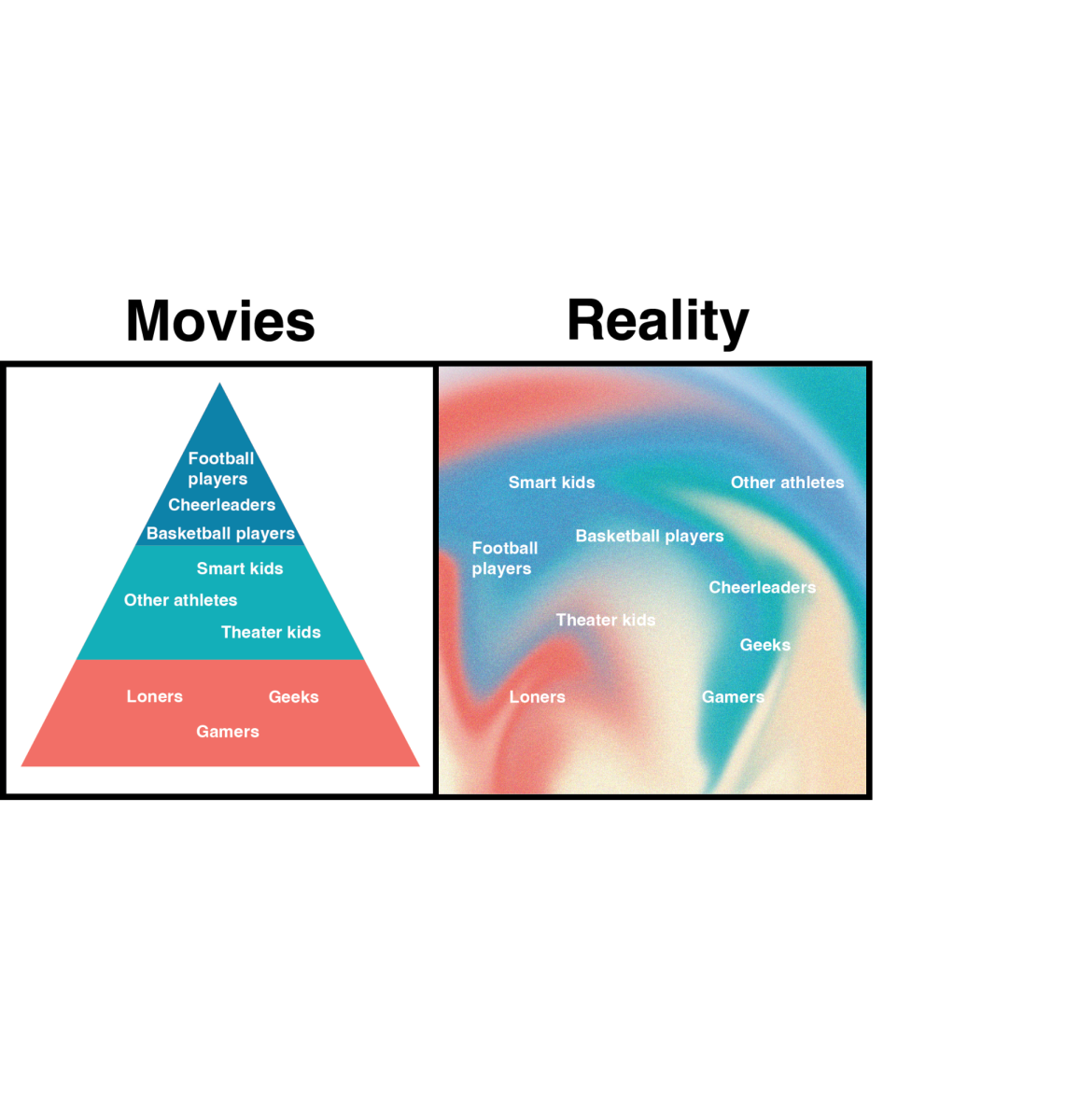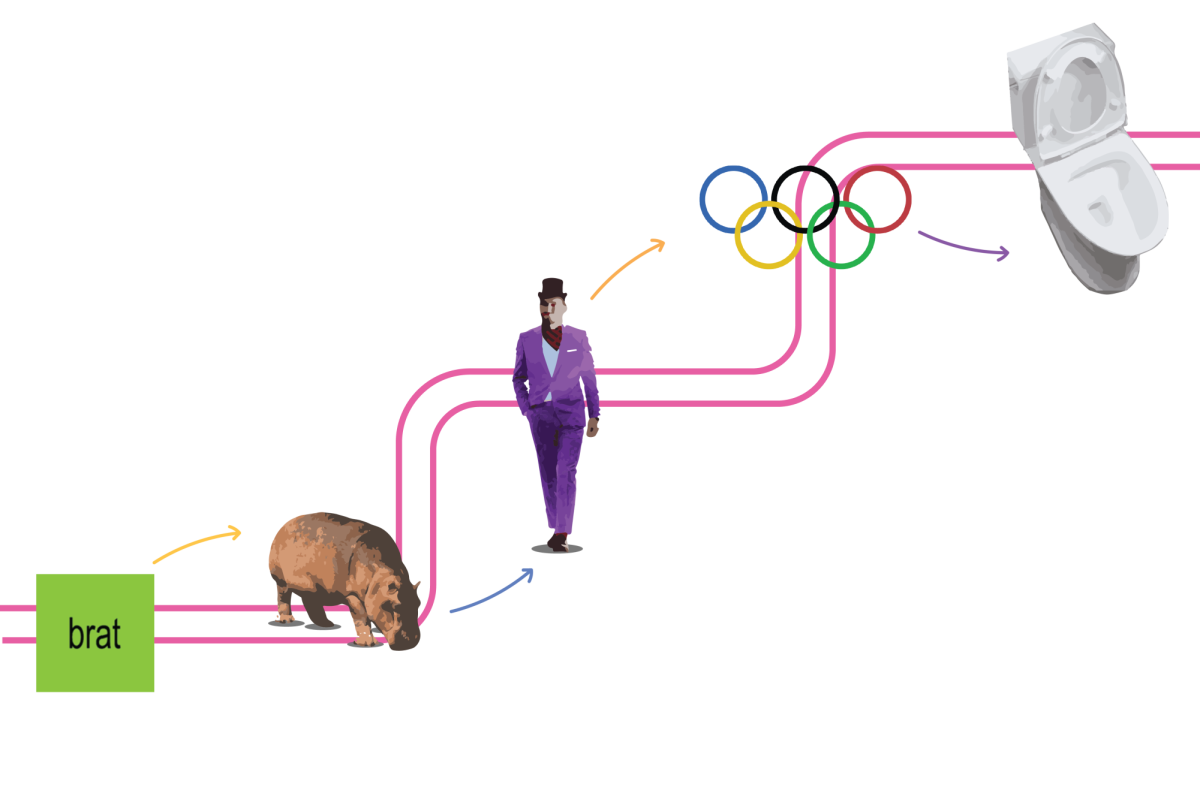History teacher Jeremy Presley loves to fish. If you’ve ever had him as a teacher, you may have been asked if you had any spare Bass Pro Shops gift cards. For him, fishing is a practice that’s been passed down through generations, and he still uses his grandfather’s antique lures to fish. Presley wants his son and daughter to be able to have great fishing experiences as well, and is therefore worried about a growing concern that threatens all marine life today, known as ocean acidification.
“It’s definitely a problem, not just for recreational reasons but also for food consumption,” the avid fisher said.
Ocean acidification takes place when water absorbs too much carbon pollution, causing it to acidify, lowering the pH level of the oceans and significantly changing the environment marine life has to survive in.
If current rates of carbon pollution don’t let up, then by 2050 the oceans will become 5 times more acidic than they are now and will eventually reach a tipping point where fish populations worldwide will not be able to survive.
That’s a big deal when you consider that 1 in 7 people in the world rely on fish as their primary source of protein, and seafood as a whole makes up almost a fifth of world food supply, according to the UN’s Food and Agriculture Organization. We can only imagine the repercussions of another billion hungry people.
Too much CO2 in the water doesn’t just acidify the water – it also directly attacks the food chain. Excessively carbonated water makes it impossible for many animals at the bottom of the marine food chain to obtain the proper amount of nutrients they need to grow; and as we all learned in some of our earliest science classes, when those at the bottom of the food chain struggle, everybody struggles.
“We’ve pumped tons of CO2 into the atmosphere since the Industrial Revolution, and that CO2 has to go somewhere,” Environmental Science teacher Emily Massey-Burmeister said. “It’s not all just going to stay in the atmosphere, and where it’s being primarily funneled is into the ocean.”
The oceans and the rest of the world’s bodies of water are collectively the Earth’s largest carbon sink, absorbing 30-40 percent of the CO2 that would otherwise be in the atmosphere. This makes life on land easier and slows global warming, but there’s only so much carbon pollution the oceans can take while still providing a habitable environment for life underneath their shores.
According to NASA, humans have increased atmospheric carbon concentrations by 40 percent since 1950, and a proportional amount has coalesced in the sea, severely aggravating ocean acidification. The oceans are meant to have enough dissolved CO2 floating around to allow marine plants to perform photosynthesis and grow, yet not so much that marine animals can’t find the right amount of oxygen.
Already, this is a very delicate balancing act, and the oceans themselves have no way of controlling how much CO2 they take in. Therefore, animals and plants don’t have nearly enough time to adapt to these changing conditions, as the process of evolution takes place over hundreds of thousands of years and not sixty-five.
“The oceans are being hit harder than anywhere else by fossil fuels,” said Trinity Prep Junior Sammy Hussein, who learned about ocean acidification in his Environmental Science class.
Most people don’t know that for every 1 degree temperature rise on land, there’s a 9 degree rise over water. According to the National Oceanic and Atmospheric Administration, the oceans have been absorbing 90% of the extra heat the world has been experiencing since 1955, threatening some of the most biodiverse environments on Earth, like coral reefs, which “bleach” and die at even a slight persistent temperature rise.
It’s easy for us to ignore these problems, since none of us actually live in the ocean. If land were the environment absorbing 90% of the heat from global warming and national parks were the places bleaching and dying, then perhaps we’d all be united in trying to reduce our respective carbon footprints. Yet when we pull away the dark blue curtain that shields these realities from view and realize what’s happening to 71% of the Earth, one can’t help but make a commitment to try and stop it.
None of us singlehandedly can stop the climate crisis. It’s a team effort. Yet oftentimes that’s just what discourages people – the mindset that your actions won’t matter because nobody else is doing the same. However, that’s where you’d be wrong. Since 2005, per capita energy consumption has been on a steady downward trend, and we all know that’s not because we’re getting fewer electronic devices. It’s because people are trying to help. People are doing the little things we’re all capable of, like turning off the air conditioner when leaving the house, purchasing more fuel-efficient cars, and installing solar panels, a form of electricity production which increased by 2000 percent worldwide just last year. We can stop ocean acidification and we know how – every little action counts.















